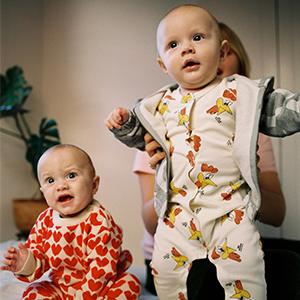Kimono Style: The Met Fifth Avnue
When I was 15, I lived in Japan over the summer. I stayed with a family in the town of Omiya, a 3-hour trek from Tokyo via bullet train. One afternoon, my family brought me to a fabric store, so that I may pick out my favorite fabrics for a kimono and obi that my family’s grandmother generously made for me.
I found the T-shaped garment magical, and was delighted to see the MET’s exhibit celebrating the traditional dress in Kimono Style: The John C. Weber Collection. The exhibit traces the transformation of the kimono from the late 18th to early 20th century, and features over 60 kimonos, including men’s and childrenswear. It’s a delight with its sumptuous materials and ornate designs, giving insight into the changes in Japanese society over the years, from the Muromachi period (where kimonos were integrated into theatrical productions) to the Edo period (where the military’s influence dominated), to 20th century influences of Art Nouveau and Art Deco. Western designers borrowed from the geometric lines of the kimono through the early 20th century—most notably Paul Poiret, Callot Soeurs, Madeline Vionnet, and more recently Cristbol Balenciaga and Rei Kawakubo’s Comme des Garcons. The kimono is more relevant than ever today, nodding to a future without cultural boundaries and gender norms.
A worthy afternoon trip for New York families that can spark some interesting discussion on clothing as a reflection of world history and cultural changes.

Summer robe (hito-e) with court carriage and waterside scene.
Edo period (1615–1868), early 19th century. Gauze-weave silk
with stencil paste-resist dyeing, stencil-dyed dots (suri-bitta),
hand-painted details, silk embroidery, and couched gold
thread. 72 3/4 x 48 3/4 in. (184.6 x 123.8 cm). John C. Weber
Collection.
Image © The Metropolitan Museum of Art, photo by Paul
Lachenauer

Summer kimono (hito-e) with swirls. Taishō (1912–26)–Shōwa
period (1926–89), 1920s–30s. Printed gauze-weave (ro) silk
with twisted wefts. 60 13/16 × 45 in. (154.5 × 114.3 cm).
Promised Gift of John C. Weber.
Image © The Metropolitan Museum of Art, photo by Paul
Lachenauer

“Paris” coat, Paul Poiret (French, Paris 1879–1944 Paris). 1919.
Silk, wool, metallic thread. The Metropolitan Museum of Art,
Purchase, Friends of The Costume Institute Gifts, 2005
(2005.207).
Image © The Metropolitan Museum of Art

Coat, Yohji Yamamoto (Japanese, born Tokyo, 1943).
Spring/summer 1983. Cotton. The Metropolitan Museum of
Art, Purchase, Gould Family Foundation Gift, in memory of Jo
Copeland, 2011 (2011.288).
Image © The Metropolitan Museum of Art

Coat, Comme des Garçons (Japanese, founded 1969). Rei
Kawakubo (Japanese, born 1942). Spring/summer 2018.
Polyester, nylon. The Metropolitan Museum of Art, Purchase,
Various Donors, by exchange, 2018 (2018.650a–c).
Image © The Metropolitan Museum of Art
Until February 20, 2023. Met Fifth Avenue, Arts of Japan Galleries 223-232
Kimono Style: The John C. Weber Collection is curated by Monika Bincsik, Diane and Arthur Abbey Associate Curator for Japanese Decorative Arts, with guest co-curator Karen Van Godtsenhoven.























Leave a comment